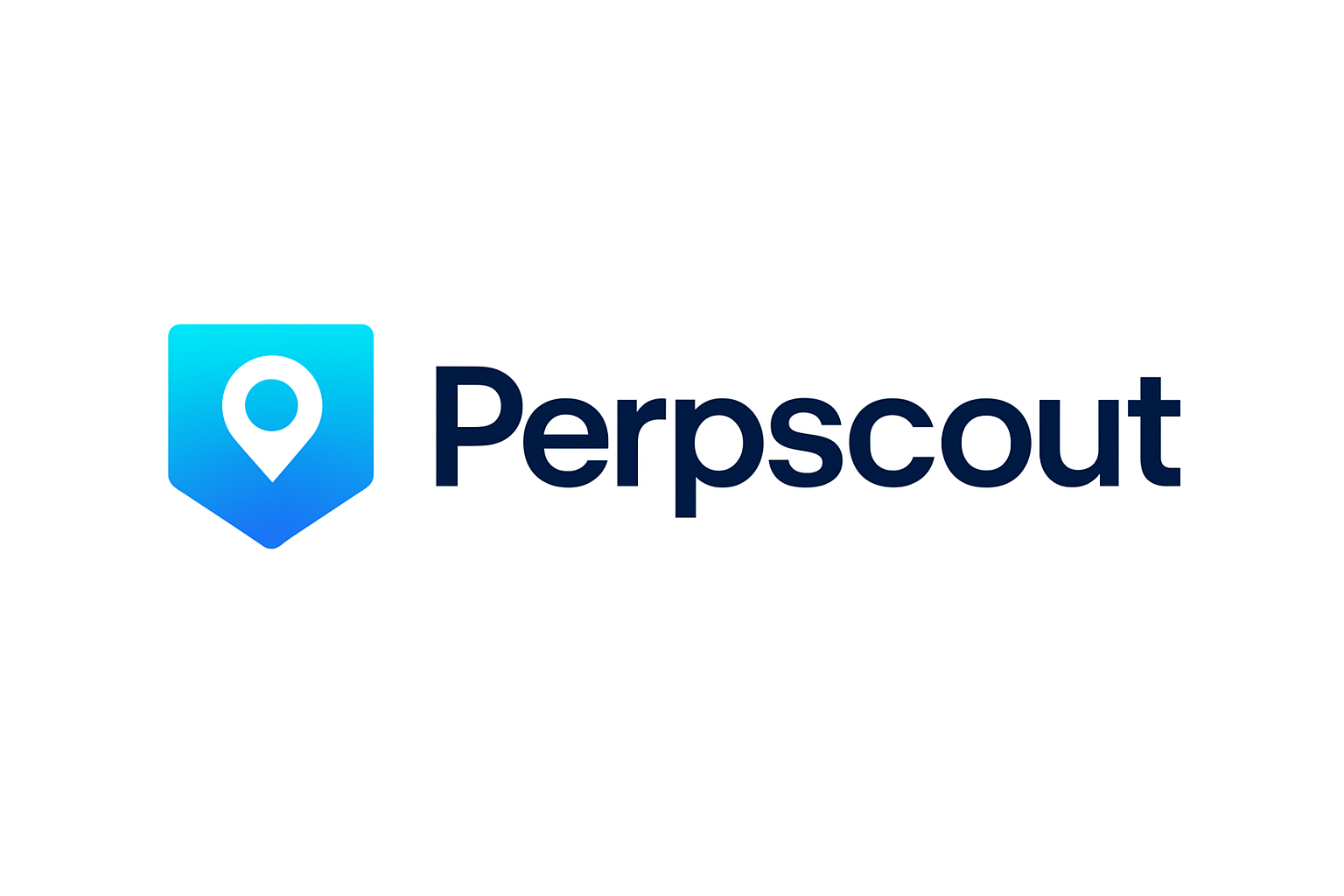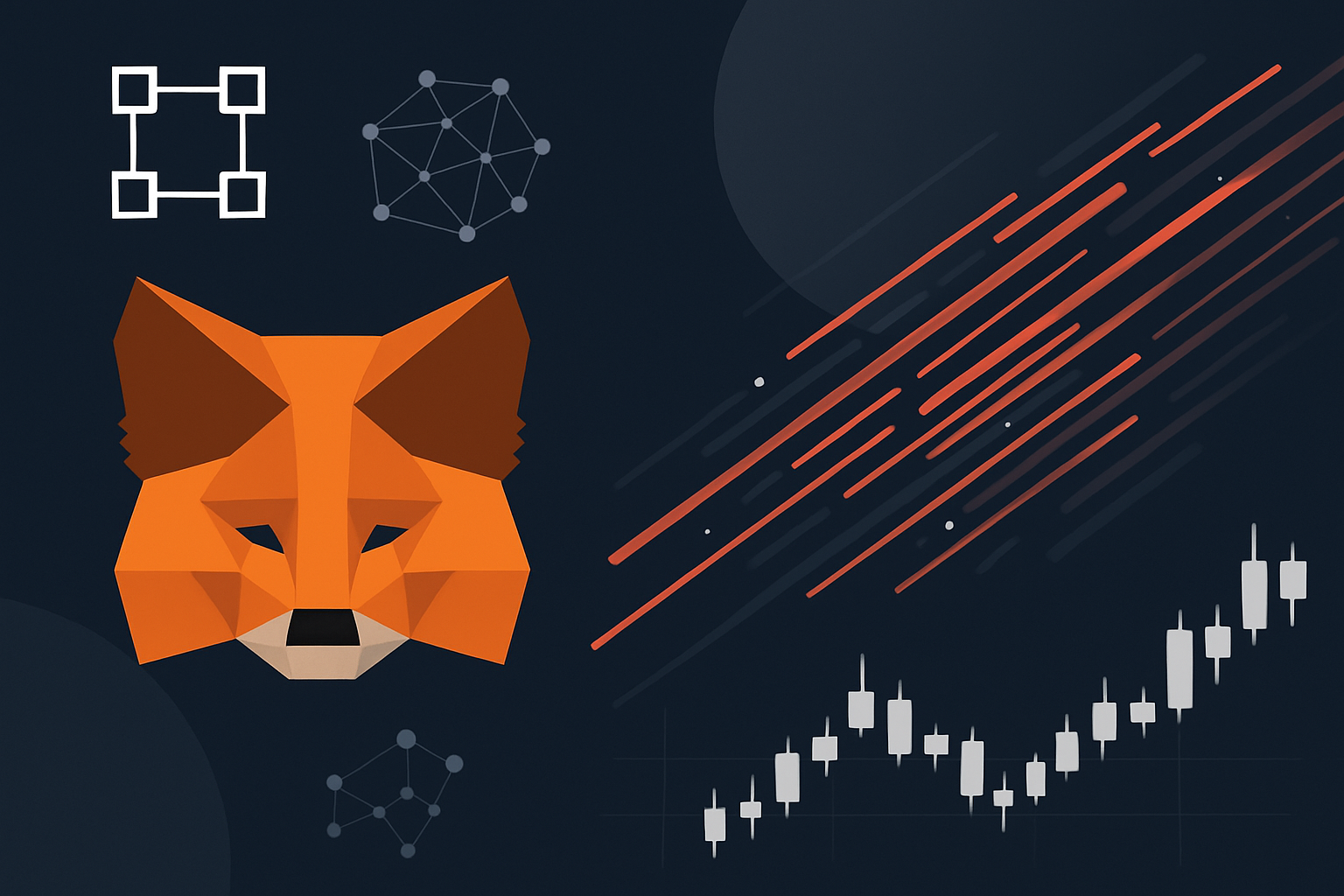
July 2024 has become a watershed moment for decentralized perpetual trading, with onchain derivatives platforms smashing through previous records and redefining the competitive landscape. Perpetual DEXs collectively surpassed $1 trillion in monthly trading volume as of October, marking a 48% surge compared to August’s $707.6 billion. The race to capture this explosive growth is intensifying, led by three standout exchanges: Polynomial, RhoX, and Hyperliquid. Each is carving out market share through innovative protocol design, liquidity incentives, and relentless focus on trader experience.

Perp DEX Trading Volume Growth: New Heights and Shifting Market Dynamics
The decentralized perpetuals sector is no longer a niche corner of DeFi. In September and October 2025, monthly volumes not only topped $1 trillion but also demonstrated the stickiness of onchain derivatives activity. Hyperliquid alone captured over $317 billion in monthly volume recently, while new entrants like Polynomial are posting exponential month-on-month growth figures. According to industry data, the top perpetual DEXs now rival or even outpace their centralized counterparts in fee generation and open interest.
This extraordinary surge is driven by several factors: improved protocol efficiency, deepening liquidity pools, cross-chain interoperability, and a growing appetite for synthetic assets among both retail and institutional traders. As regulatory scrutiny intensifies around centralized venues, DEXs such as Polynomial, RhoX, and Hyperliquid are seizing the moment with transparent governance and permissionless access.
Polynomial: From Upstart to Sector Standout
Polynomial has rapidly emerged from relative obscurity to become one of the most closely watched platforms in the perp DEX space. In early October 2025 alone, Polynomial set back-to-back all-time highs – first with $155 million, then an astonishing $250 million in 24-hour trading volume. These milestones were more than just headline numbers; they signaled surging user adoption and confidence in Polynomial’s risk engine and capital efficiency mechanisms.
The platform’s cumulative trading volume recently crossed $1.5 billion, making it one of the fastest-growing derivatives protocols this year. Traders have been drawn by features such as low latency execution, dynamic funding rates tied closely to global price indices, and a robust insurance fund that underpins open interest growth without sacrificing security.
With its focus on composability within DeFi ecosystems and responsive governance (including real-time feedback loops for protocol upgrades), Polynomial is positioning itself as not just an alternative but a leader among next-generation perpetual exchanges.
RhoX: Quiet Execution Meets Relentless Growth
RhoX, while less flashy than some rivals in terms of marketing campaigns or token incentives, has steadily built momentum through technical excellence and reliability. Over recent months RhoX has seen consistent double-digit percentage increases in both open interest and daily active traders – a testament to its user-centric design philosophy.
The exchange’s appeal lies in its streamlined onboarding process (no KYC barriers), customizable margin parameters for professional traders, and integration with leading DeFi wallets for seamless collateral management. RhoX’s commitment to transparency via onchain analytics dashboards allows users to monitor slippage metrics and funding rate volatility before executing trades – features that increasingly matter as sophisticated participants enter the market.
This approach has paid off: RhoX is now considered among the best perpetual DEXs for active day traders seeking fast settlement without compromise on security or transparency.
Hyperliquid: The Volume Titan of Onchain Derivatives
Hyperliquid is the undisputed heavyweight in the current onchain derivatives landscape. According to recent industry analysis, Hyperliquid captured 58% of trading volume across the top eight perp DEXs in 2025, consistently generating daily fees that outpace most competitors. In October alone, Hyperliquid processed over $317 billion in monthly trading volume, cementing its position as a critical liquidity hub for both institutional and retail traders.
The platform’s edge comes from a hybrid matching engine that blends centralized orderbook speed with decentralized settlement, giving traders best-in-class execution without sacrificing transparency. Hyperliquid’s deep liquidity pools and aggressive market-maker incentives have made it the go-to venue for high-frequency strategies and large block trades. As competition intensifies, Hyperliquid continues to innovate – rolling out new synthetic asset listings and expanding cross-chain support to attract global flows.
Key Growth Drivers: Why These Three DEXs Are Outpacing the Market
The meteoric rise of Polynomial, RhoX, and Hyperliquid is not accidental. Each platform leverages a distinct set of strategic advantages:
- Protocol Innovation: Polynomial’s risk engine and composability, RhoX’s transparent analytics and margin flexibility, Hyperliquid’s hybrid matching model.
- Liquidity Depth: All three have invested heavily in market-maker partnerships and incentive programs, driving tighter spreads and higher throughput.
- User Experience: Streamlined onboarding (especially with no-KYC models), advanced analytics dashboards, fast settlement times, and strong security frameworks are now table stakes.
- Community Governance: Responsive upgrade cycles and active community input are keeping these protocols agile as market conditions evolve.
This combination not only drives volume but also builds trust – essential as regulatory scrutiny ramps up globally. For traders seeking the best perpetual DEX in July 2024 or looking for emerging perpetual exchanges with sustainable growth trajectories, these three stand out for both their technical prowess and community alignment.
What Traders Should Watch Next
The competitive dynamics between Polynomial, RhoX, and Hyperliquid are setting new standards for what’s possible in onchain derivatives. Looking ahead, several trends merit close attention:
- Synthetic Asset Expansion: Expect more stock-like perps and exotic pairs as demand grows for diversified exposure.
- L2/L3 Scaling Solutions: Integration with cutting-edge scaling tech could further reduce costs and latency.
- Cross-DEX Interoperability: Protocols that enable seamless capital movement across venues will attract sophisticated capital allocators.
This is an inflection point for decentralized derivatives: the platforms that continue to innovate while maintaining robust risk controls will be best positioned to capture future inflows, and shape the next era of DeFi trading.
If you want to dive deeper into how these exchanges compare on execution models or explore detailed growth statistics across leading platforms like Hyperliquid, check out this comprehensive guide: Comparing Top Perpetual DEXs: A 2025 Guide.






